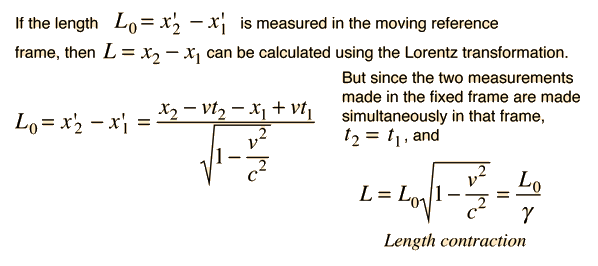

Recently, cardiac resynchronization therapy (CRT) by biventricular pacing has been successfully introduced to treat patients with heart failure and conduction abnormalities. Maps of the timing of contraction in normal subjects may serve as a reference in detecting mechanical asynchrony due to intraventricular conduction defects or ischemia. Shortening in these segments continued 58 ± 14 ms after aortic valve closure, during which circumferential shortening increased from 16.9 ± 1.2% to 20.0 ± 1.5%.

Postsystolic shortening ( T peak later than aortic valve closure P < 0.05) was observed in 13 of the 30 cardiac segments, mainly in the lateral and basal segments. Compared with T onset, T peak had a larger width (121 ± 22 ms) and an opposite spatial pattern, with peak shortening occurring earlier in the septum than in the lateral wall ( P < 0.001). A distinct spatial pattern for T onset was found, with earliest onset in the lateral wall and latest onset in the septum ( P = 0.001). The onset of shortening width (time needed for 20–90% of the left ventricle to start shortening) was small (35 ± 9 ms). Both the onset time of circumferential shortening ( T onset) in early systole and the time of peak circumferential shortening ( T peak) at end systole were determined. In this work, timing of cardiac contraction was mapped in 17 healthy subjects with high-temporal-resolution (14 ms) MRI myocardial tagging and strain analysis. Mechanical asynchrony is an important parameter in predicting the response to cardiac resynchronization therapy, but detailed knowledge of cardiac contraction timing in healthy persons is scarce.


 0 kommentar(er)
0 kommentar(er)
